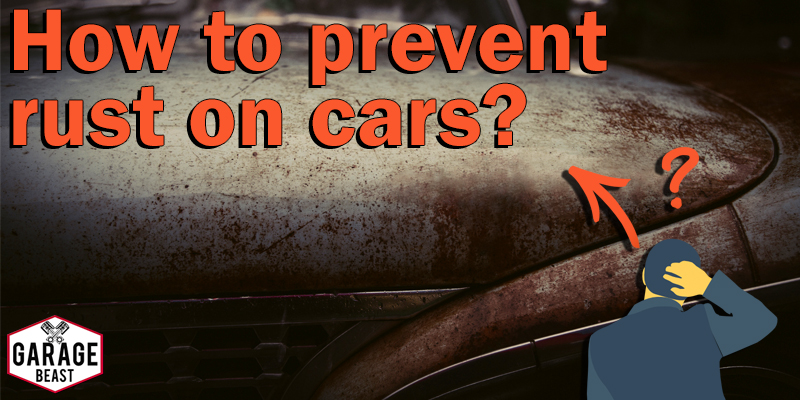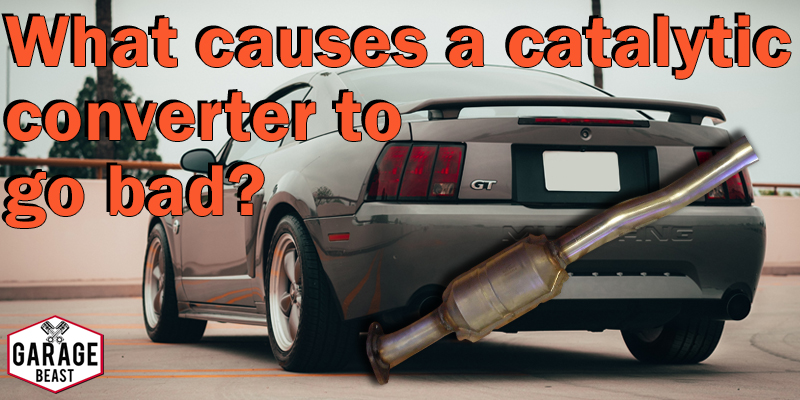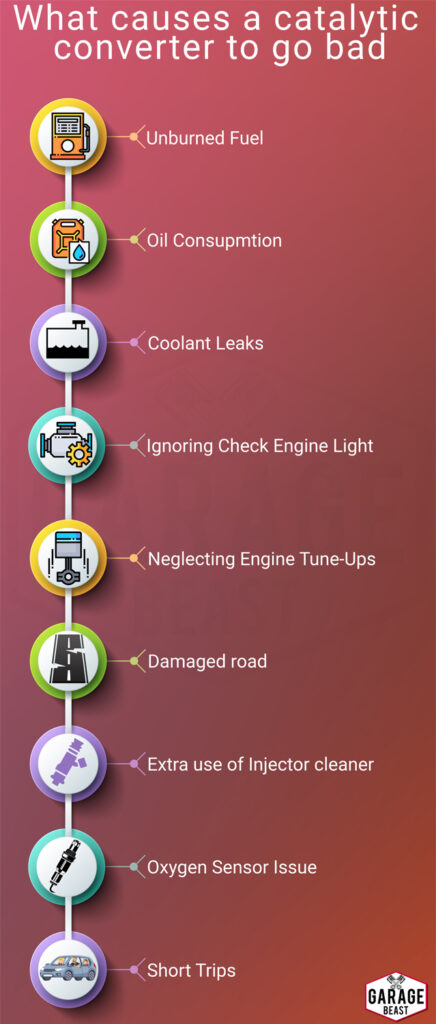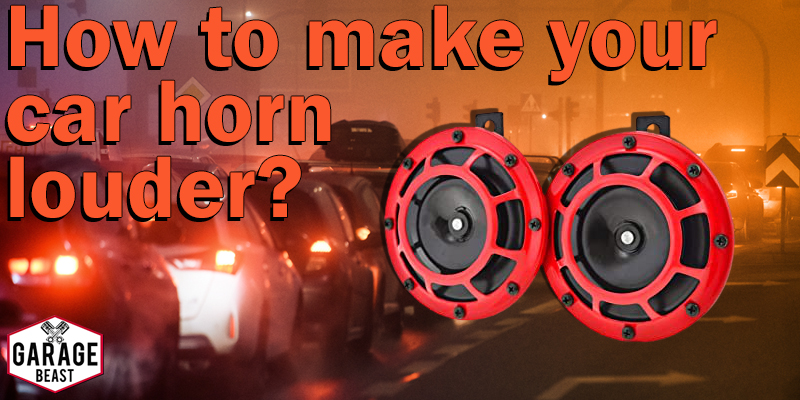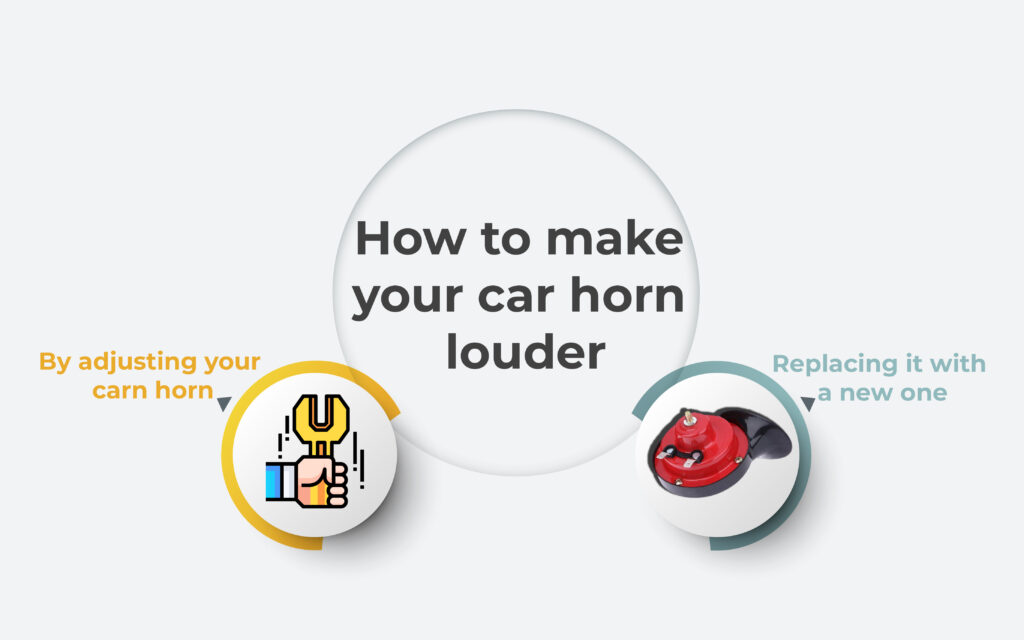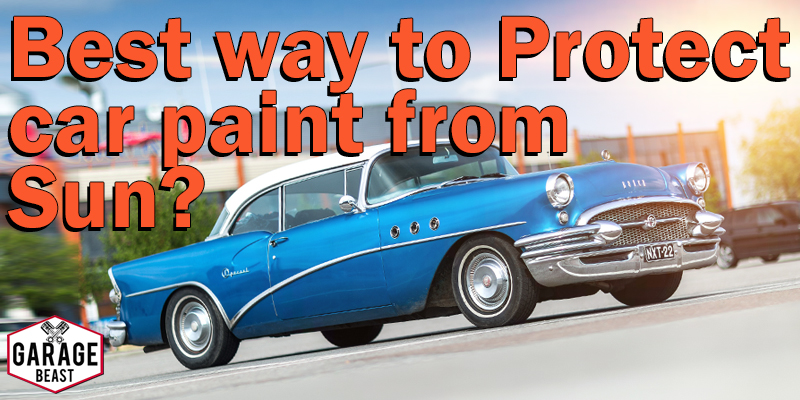The fragrance of a new car is intoxicating, but it never seems to last. The trouble with the new car scent is that you’ll just notice it in a new car. After a few months of drive-through dinners, hauling travelers, coffee spills, and anything else that may impact the scent of a car, it goes out.
However, there are some things you can do to keep the coveted new car scent, or at the very least make your car smell almost new again.
Read the following tips to know about the best way to get new car smell:
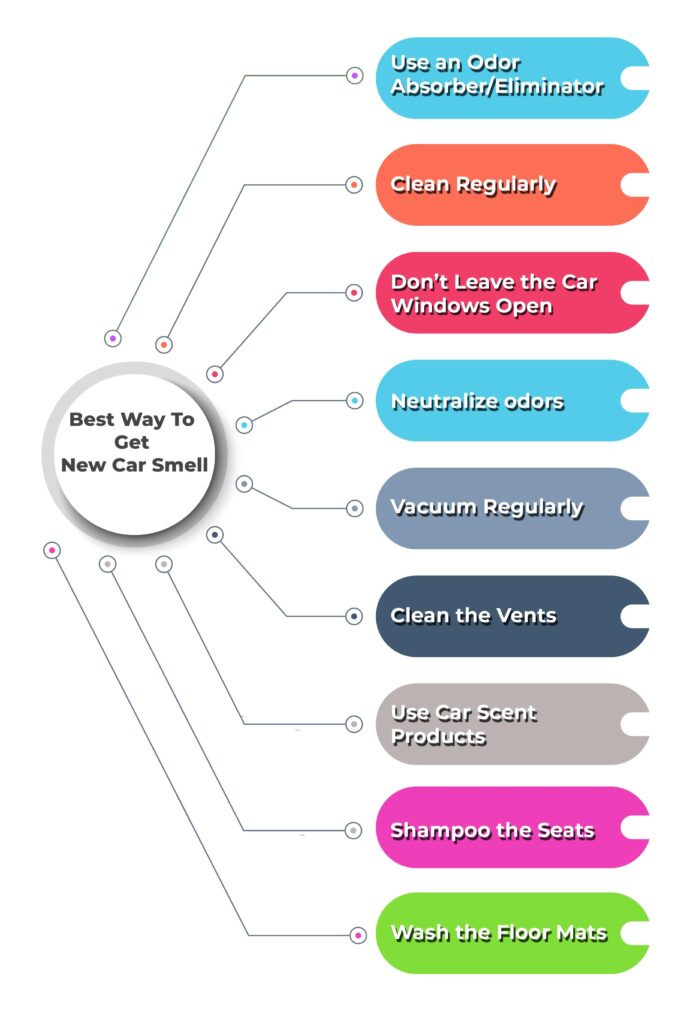
#1 Clean Regularly
Cleaning out your car is the best way to get new car smell and the most effective thing you can do to make it look like fresh again. Pick a warm day, open your car doors, and throw out any trash that has accumulated in your vehicle and, using auto wipes or something similar, scrub off the dashboard, steering wheel, and all other surfaces you might have brushed that can be cleaned.
The insides of your windows and windshield can then be washed, but not with wipes, as this will leave stains on your glass. If you’ve washed your car properly, it can smell like brand new again. You can even purchase a new car fragrance air freshener if you just want to replicate the new car smell you know from when you first purchased your car.
#2 Don’t Leave the Car Windows Open
If your vehicle is already fresh enough to have a new car fragrance, leave your doors and windows shut as far as possible to protect it. This not only traps the odor inside the engine, but the higher temperature also helps to contain it for longer and is one of the best ways to get new car smell.
This also suggests that on a cold day, you can consider leaving your windows open for long periods of time, but you wouldn’t want to leave any of your windows open in the middle of the winter anyway.
#3 Neutralize odors
Odor neutralization is the best way to get new car smell. By neutralizing odors, you can keep them from sticking in the vehicle. Overnight in your new vehicle, leave an open bottle of coffee beans or baking soda.
This would neutralize and absorb any contaminants in the air, ensuring that your vehicle retains the fresh car scent. The spray’s active odor eliminators and neutralizers target any unpleasant odors at their source, while the eliminator enzymes produce a fresh fragrance that lasts for weeks.
These neutralizers will not only eliminate current unwanted odors, but they will also deter new odors from developing over time.
#4 Vacuum Regularly
Vacuuming the seats and floor mats eliminates crumbs, rotting tissue, pet fur and dander, and other contaminants that contribute to a stale odor in your car and is the best way to get new car smell.
#5 Clean the Vents
To get rid of a mildew-y taste, use a toothbrush and a car cleaning solution. Replace the cabin air filter if the mildew odor remains.
#6 Use Car Scent Products
If a car that just smells new isn’t enough for you, there are brands that are the best way to get new car smell. Floor wipes, pump and aerosol sprays, and solid gel air fresheners are among the latest automotive fragrance options available.
#7 Use an Odor Absorber/Eliminator

Activated charcoal is an odor absorber that is scent-free and can remove odors in the car’s interior.
#8 Shampoo the Seats
Using a carpet and upholstery cleaning tool and a carpet and upholstery vacuum, or a handheld carpet and upholstery cleaning unit, to clean cloth seats. Apply leather cleaner to the seats and wipe them dry with a new microfiber rag.
#9 Wash the Floor Mats
Remove the floor mats and spray them with a minimal amount of dish soap.
Rubber mats may be washed with a hose. Vacuum the floor mats, scrub them with a carpet and upholstery cloth, and then wipe them off with water.
Before placing the floor mats back in the car, make sure they are fully dry.
Conclusion
It can be difficult to keep a new car scent alive, because no matter what you do, there will be a limit to how long it can last, so it’s nice to know that you can keep it alive for at least a little bit.
Keeping your car clean is the perfect way to preserve the fresh car scent! Clean the car’s interior as much as possible. After a long flight, make sure to clean and scrub down the interiors.
The fresh crisp fragrance that comes with a new car is the best part of it. If your new car isn’t smelling as good as it did the day you pulled it out of the dealership, check out the above suggestions and find out the best way to get a new car smell!


